Applying what we’ve learned from DONOR-1, we came up with a few design criteria:
Improve portability
Something that doesn’t require a full-sized pick-up to transport. Ideally something that can be transported by one person.
Cabinet simplicity
Most of the time spent on DONOR-1 was fabricating the cabinet. Designing something simpler (or using an existing cabinet) would make building these a lot faster & easier.
Smaller “vault”
The amount of DONOR-1’s cabinet that is dedicated to holding quarters is so large that it takes a lot of games before the donations are even visible. If it were to be filled to capacity, it would weigh so much that I don’t think it would be movable without a forklift. This makes sense for long-term (year or years?) installations but for the venues we’ve been working with something with 1/10th the capacity would be more than enough.
Multi-player
It’s more fun to be able to play with/against friends, and there’s a lot of games which kind of require more than one player.
 jason.gullickson
jason.gullickson
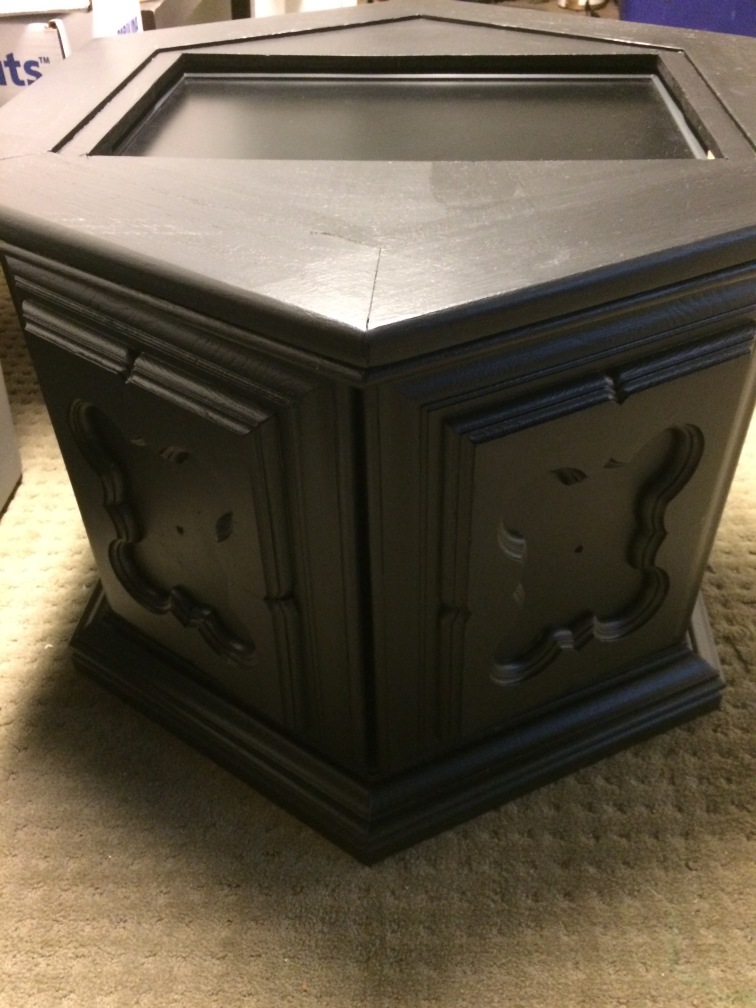













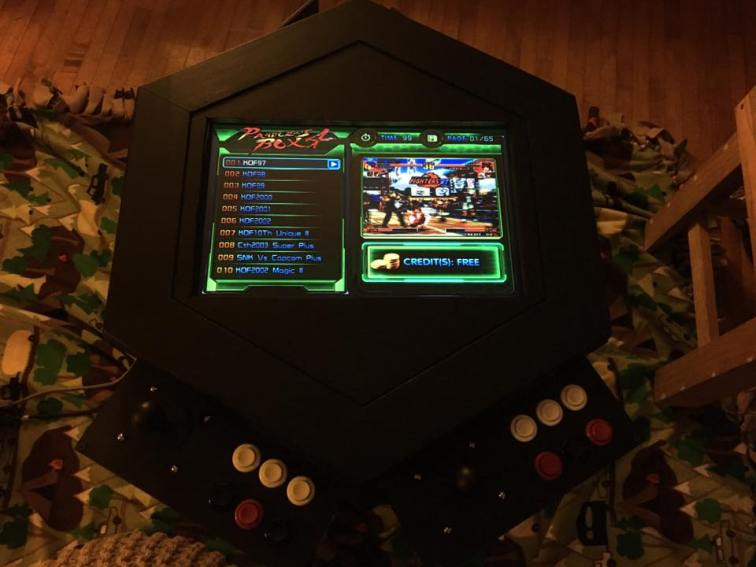
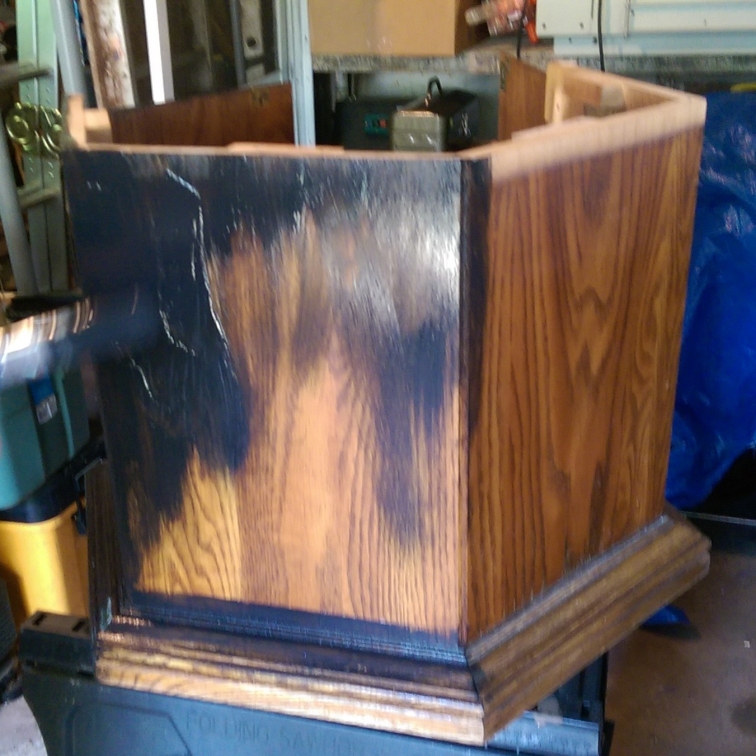 Jamie painting the cabinet
Jamie painting the cabinet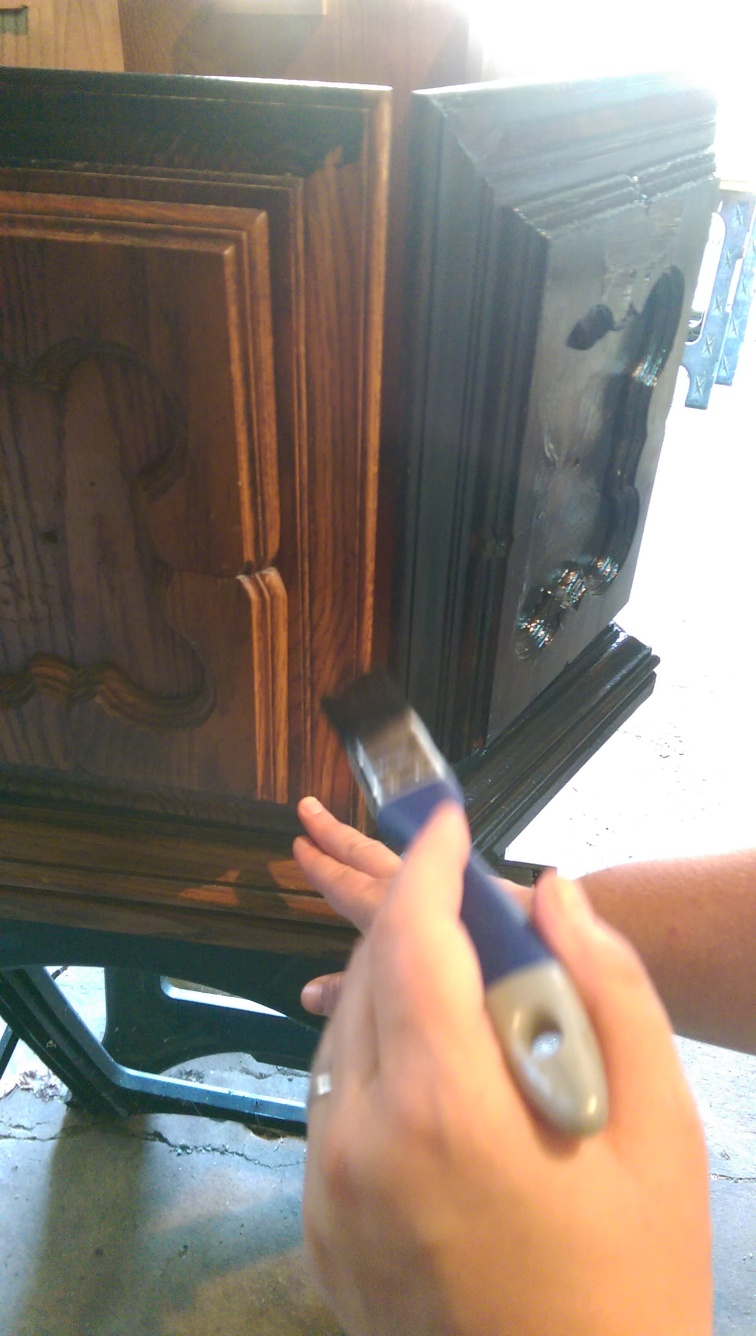 amazing what a difference some paint (in the right hands) makes
amazing what a difference some paint (in the right hands) makes sizing things up for the first cut
sizing things up for the first cut not perfect, but sooo much better than last time
not perfect, but sooo much better than last time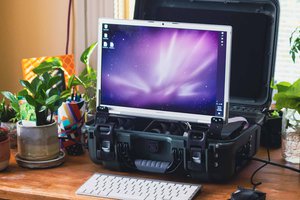
 Austen
Austen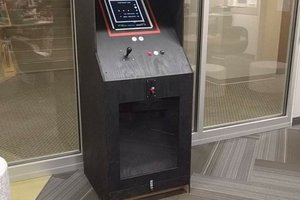
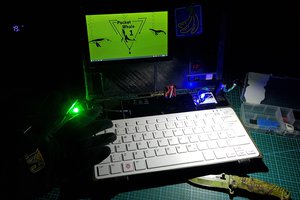
 Glinek
Glinek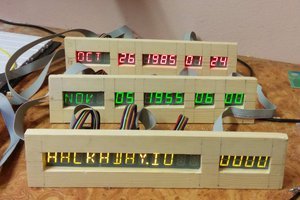
 Atheros
Atheros